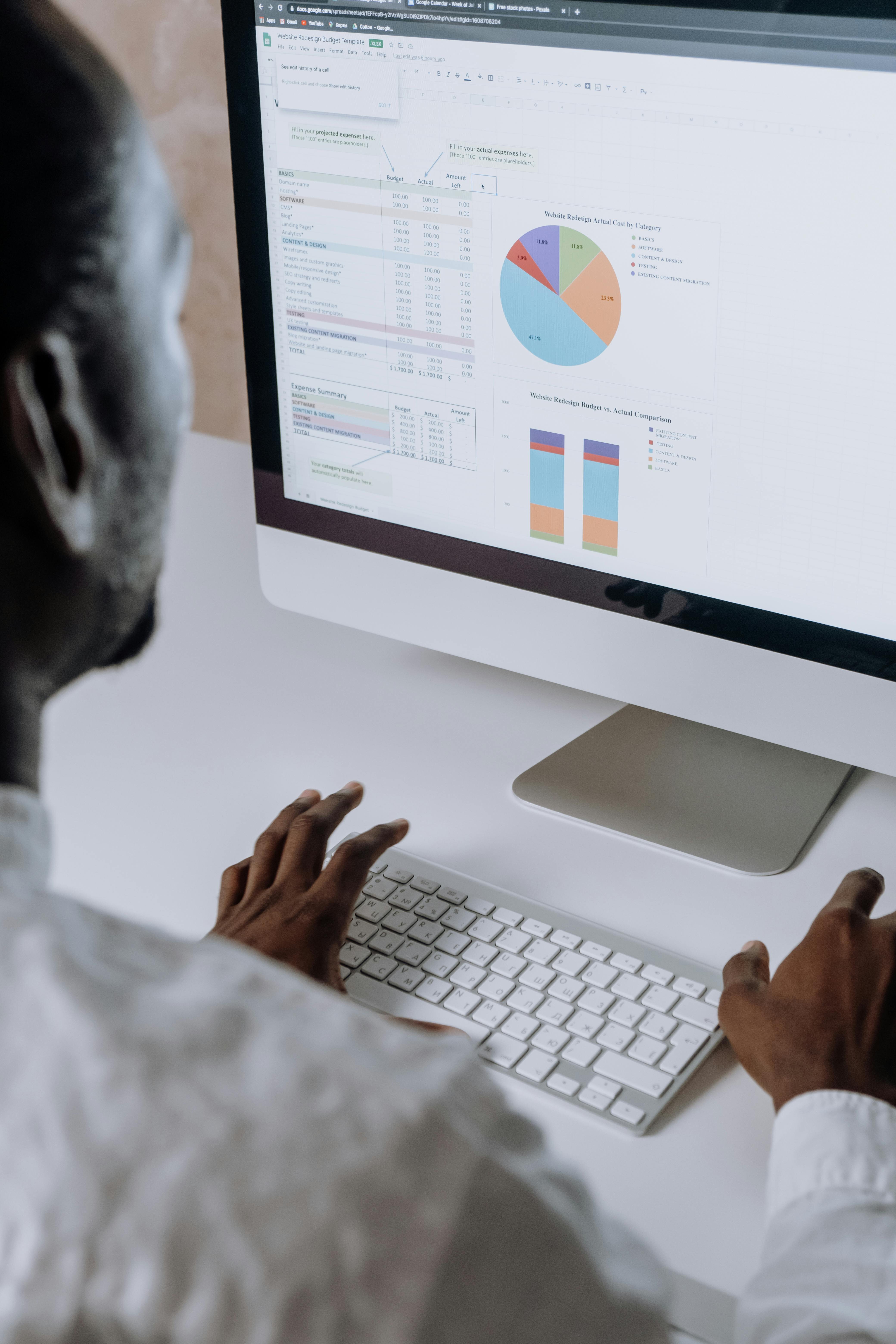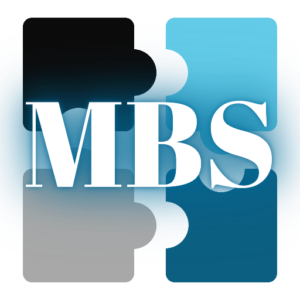Welcome back to our accounting series! We’ve covered the basics, debated the merits of cash versus accrual accounting, and explored essential financial reports. Now it’s time to roll up our sleeves and set up your accounting system. Think of this as laying the foundation for your financial house—get it right, and everything else will fall into place. Let’s dive in!
Choosing the Right Accounting Software
What should you look for in an accounting software?:
- User-Friendly Interface: Look for software that’s easy to navigate, even if you’re not a tech wizard.
- Automation: Features like automated invoicing, expense tracking, and bank reconciliation can save you time and reduce errors.
- Scalability: Choose software that can grow with your business, so you don’t have to switch systems down the road.
- Integration: Make sure it integrates with other tools you use, like your CRM or payroll system.
- Customer Support: Reliable support can be a lifesaver when you’re stuck.
Here are three popular Options:
- QuickBooks Online: A popular choice for small businesses, offering a range of features and integrations.
- Xero: Known for its user-friendly interface and strong customer support.
- Wave: A free accounting software that offers essential features for small businesses, making it a great choice for those on a tight budget.
Setting Up Your Chart of Accounts
There are some key categories you should know in order to set up your COA properly, this will be a refresher from our previous blogs.
Key Categories :
- Assets: Everything your business owns (e.g., cash, inventory, equipment).
- Liabilities: Everything your business owes (e.g., loans, accounts payable).
- Equity: The owner’s interest in the business.
- Revenue: Income earned from selling goods or services.
- Expenses: Costs incurred to run your business.
In setting up your COA, keep these tips in mind:
- Be Detailed: Include sub-accounts for more granular tracking (e.g., Office Supplies under Expenses).
- Stay Consistent: Use the same naming conventions to avoid confusion.
- Consult a Professional: If you’re unsure, getting advice from an accountant can save you headaches later.
Establishing Accounting Policies and Procedures
Here are some key policies to consider:
- Revenue Recognition: Define when and how you recognize income (such as accrual or cash basis).
- Expense Recording: Set guidelines for recording and categorizing expenses.
- Invoice Management: Establish a process for creating, sending, and tracking invoices.
- Bank Reconciliation: Regularly reconcile your bank statements with your accounting records.
Why is this important?:
- Consistency: Ensures all transactions are recorded uniformly.
- Accuracy: Reduces the risk of errors and discrepancies.
- Compliance: Helps you stay in line with tax laws and regulations.
Learning Your Accounting System
How to get started:
- Explore the Interface: Spend some time navigating through the software. Check out where key features like invoicing, expense tracking, and reporting are located.
- Use Tutorials and Resources: Most accounting software offers tutorials, guides, and FAQs. Take advantage of these resources to learn the basics.
- Set Up a Test Account: If possible, create a test account to practice entering transactions without affecting your actual records.
Keep on learning:
- Attend Webinars and Training Sessions: Many software providers offer webinars and training sessions. These can be invaluable for learning new features and getting tips from experts.
- Join User Communities: Online forums and user groups can be great places to ask questions and share experiences with other users.
- Keep Updated: Software updates often include new features or improvements. Stay informed about these updates to make the most of your software.
Setting up an effective accounting system is a crucial step in managing your business’s finances. By choosing the right software, setting up a detailed chart of accounts, establishing clear policies, and familiarizing yourself with the system, you’ll be well on your way to financial success.
Stay tuned for our next post, where we’ll discuss the importance of maintaining clean and up-to-date books. If you feel like this may be too much for you and need professional accounting help, please reach out to us below and see how we can get working together.
LET'S DO THIS!
How To Get Started
INQUIRY FORM
Review our services and apply for the service that best suits your needs. We will review your application and reach out with a link to schedule your Discovery Call.
DISCOVERY CALL
During the discovery call, we will discuss your needs and responses to the inquiry form to better understand your needs and goals and assess whether our services are a good fit.
ONBOARDING
Once we’ve determined the best service for you, we’ll begin the onboarding phase and get further acclimated with your business. We’ll talk through the ways we can integrate with your systems and our recommendations for best practices.
PARTNERSHIP
Our ongoing services are a year-round partnership, so we’ll be by your side to relieve your accounting and tax fears. That way you can focus on the parts of your business that you enjoy most!



